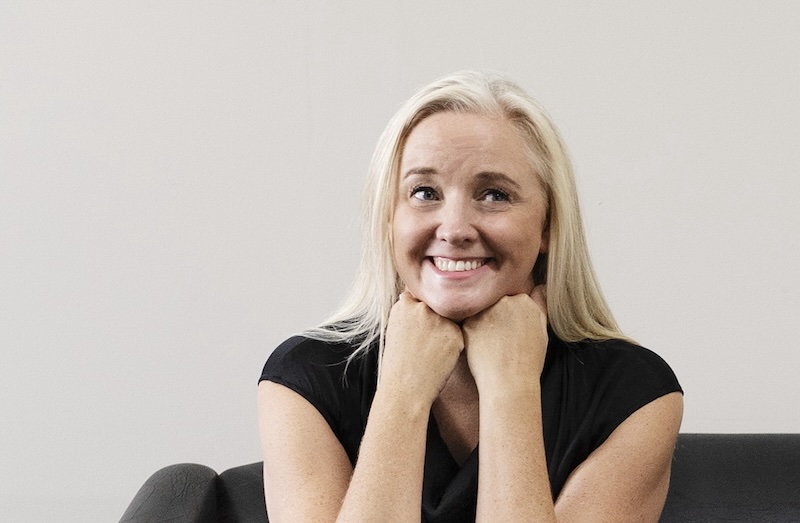The two largest expenses for most households are housing and transportation. In fact, they account for over half of the average household budget. The BLS Survey of Consumer Expenditures found that in 2022, the average household spent 33.3% of its budget on housing and 16.8% on transportation.
Knock out those expenses, and you instantly have a savings rate of over 50%. Imagine how quickly you could build wealth if you put half of every paycheck toward investments like real estate?
I don’t have to imagine. My wife and I live entirely on her (modest) income and save and invest all of mine. Over the last five years, we’ve quintupled our net worth.
Before you write me off as a nut or a FIREbug, hear me out. Admittedly, I’m a bit of both—but that’s why these crazy ideas are so much fun.
From Two Cars to Zero
Once upon a time, my wife and I each owned a car, like most American couples. But cars are expensive, and that goes beyond making car payments.
Owning a car means not just making monthly payments on a car loan but also paying for auto insurance, gas, repairs, maintenance, and parking. The annual cost to own a new car is over $12,000. Yikes.
In 2015, my wife and I moved overseas to Abu Dhabi. We initially just assumed we would each rent a car because that’s what people do, right? Every adult has their own car, end of story.
But we paused and actually bothered to ask ourselves: Do we actually each need a car? She would be commuting a half hour to the school where she’d work, but our apartment was in a somewhat walkable area. Could I get by without a car during the workday?
We decided to try sharing a car and see what happened. Within a few days, it was clear we needn’t have worried.
Then in 2019, we moved to Brasília. We asked about housing options, and the school said most teachers live within a 20-minute walk of the school. So we paused to think once again: Could we live without a car at all?
The city is walkable, with countless restaurants, cafes, bars, and grocery stores within walking distance of our apartment. Again, we decided to try it.
Sure enough, we lived quite comfortably without a car. We walked, biked, and occasionally Ubered where we needed to go. If we wanted to have a weekend getaway, we rented a car.
Last year, we once again moved to a new city. In Lima, Peru, my wife once again needs to commute to work by car, but this time we decided to go in on a carpooling agreement with another teaching couple.
I don’t miss having a car one bit. In fact, I dread moving somewhere with a “drive everywhere” mentality.
Getting Rid of a Car
What does it take to get rid of a car? It requires intentionally planning where you live.
It helps to move somewhere walkable. You can extend your mobility radius by biking as well. I often ride a bike or electric scooter to get around our city.
Cohabitating as a couple also helps. It’s a lot easier for two people to share one car than for a single adult to live carless.
Plus, telecommuting also helps. I can work from anywhere, although in practice, I opt to work from a co-working space. That still leaves plenty of options for living within walking or biking distance from “the office.”
The bottom line: To comfortably live with one less car—or no car at all—you have to choose where you live with intentionality. But it can save you five figures a year, which you can put toward reaching financial independence.
And that says nothing of the health benefits of walking or biking over driving. There’s a pithy quote floating around the interwebs: “Driving costs you money and makes you fat; biking saves you money and runs on fat.” I love it.
Getting Rid of Your Housing Payment
You have plenty of options to shed your rent or mortgage payment.
In our case, we enjoy free housing provided by my wife’s employer. It’s a great perk of working in international education.
But you don’t have to be an international educator to enjoy employer-provided housing. Plenty of jobs come with free housing. Do a little internet research to see what jobs you might like that offer this benefit.
The more common practice among BiggerPockets readers is house hacking, of course. That could mean the classic multifamily house hacking model, where you buy a two-to-four-unit property, move into one unit, and rent out the others. Or it could mean any number of other house-hacking strategies.
When I bought my first home years ago, I rented out a spare bedroom. My housemate’s rent covered three-quarters of the mortgage payment.
A friend of mine rented out a bedroom and bathroom in her apartment on Airbnb. She found that if she rented it for two long weekends each month, it covered most of her rent.
My cousin rented her entire apartment out on Airbnb. Whenever someone booked it, she crashed with her fiancé.
My cofounder at SparkRental and her husband hosted a foreign exchange student. The monthly stipend covered their mortgage payment.
“Get creative as you brainstorm ways to house hack,” Brian Meiggs, founder of BeerMoney.co, tells BiggerPockets. “Could you rent out storage space? Parking space for a car, RV, or boat? Could you set up an ADU at your home inexpensively? Keep researching ideas until you find a way to knock out your housing payment.”
Don’t Write Off “Rentvesting”
The first property I ever bought wasn’t a home. It was a rental property.
Likewise, today, I live in a rented apartment on another continent. Do I worry about missing out on homeownership? Absolutely not—because I own an interest in over 2,500 units spread across the U.S.
You can invest in real estate without being a homeowner. You can house hack without being a homeowner.
Stop fixating on homeownership as the only option, the thing that the Joneses do. “From a cash flow perspective, your home is a liability, not an asset,” notes Chad Ackerman of Left Field Investors, in a conversation with BiggerPockets. “The less you spend on it, the more you have each month to put toward real investments like investment properties, real estate syndications, stocks, notes, or funds.”
Chad should know. He and I share a passion for passive real estate investing, particularly syndications and notes.
These are the kinds of investments we go in on together in SparkRental’s Co-Investing Club. We meet every month, vet a passive investment together, and club members can fractionally invest with small amounts if they like.
By investing small amounts each month, you can dollar-cost average your real estate investments. And nowhere does it say that you have to be a homeowner to do it.
Intentionality and Lifestyle Design
You can have anything you want in life. But you can’t have everything.
I get to spend 10 months of the year overseas, enjoying free housing, a lower cost of living, and outstanding travel. As a trade-off, I can’t swing by my dad’s house for dinner on a random Tuesday or go to my nephews’ baseball games.
You can choose to live somewhere that doesn’t require you to own a car. You can find ways to get rid of your housing payment. It may require a trade-off, but until you explore all of your options, you haven’t made a conscious, intentional decision about whether the trade-off is worth saving thousands of dollars a month. Is it worth reaching financial independence years earlier than you would have if you just kept going on autopilot?
Bring these decisions out of the shadows, and shine some uncomfortable light on them. You may still decide you want to keep doing what you’ve always done but make these decisions intentionally. Calculate just how much you could save by ditching your housing payment or a car. Calculate how many years that would shave off reaching your goals.
If you could quit your day job in five years instead of 10, would it be worth making some changes? Only you know the answer.
Find Freedom in Property Management Partnerships
Property Management Finder helps you discover reliable property management partnerships and make confident hiring decisions.

Note By BiggerPockets: These are opinions written by the author and do not necessarily represent the opinions of BiggerPockets.





















Discussion about this post